LGBT History
Before homosexuality, a story without labels
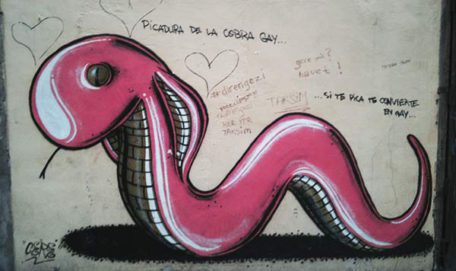
Homosexuality. “The bite of the gay cobra … if it bites you it makes you gay”
Homosexuality, historical and personal experience.
Gender, transgender, transsexuality, intersexuality, bisexuality, homosexuality, identity… Over the last century we have expanded our vocabulary as our understanding of sexual diversity has grown, and with this new vocabulary we have been writing a discourse that seeks to situate and explain each of the multiple manifestations of that diversity.
The look of the observer.
However, when we face the past and try to apply certain concepts and understand how they fit and relate to the communities in which they manifest, we encounter certain problems; because, although in all societies there have been diverse sexual behaviors, it is also true that homosexuality is, besides a personal experience, a historical experience.
Therefore, to say that Socrates was gay, Sappho lesbian or Joan of Arc transsexual, is quite absurd. In the same way, comparing Greek pederasty with medieval sodomy, pathological homosexuality in the nineteenth and twentieth centuries or with current gay identity makes no sense beyond of reaffirming our modern view of sexual diversity, since it endows with antecedents and clear historical references. Although this implies a mere projection of stereotypes and concepts that, possibly, have little or nothing to do with the historical reality of the variety of sexual behavior.
From our position as mere observer-subjects, what we can observe throughout history, without falling into the indescribable subjectivism of labels, is that sexual diversity, although it is omnipresent, manifests itself in many different ways depending on the historical and sociocultural environment, and that it is within this environment where each society or culture has created spaces or models in which individuals live and redefine ideas and concepts such as the current gender, identity, orientation, homosexuality, intersexuality, etc.
The common spaces.
In broad strokes, these common places where homosexual behavior is inscribed could be classified as follows:
1) The active passive (top-bottom) division that reproduces the male-female dichotomy
In this, each individual assumes a determined and permanent social role. The active, in this case, would not therefore be a “homo” but a “hetero”, “normal” or “bisexual” from whom is expected to marry, procreate and participate in the community just like any other man. From the passive, however, is expected to behave as a woman and adopt the submissive role that normally corresponds to these, both in the sexual and social aspects, so their integration will have much to do with the role and the status of women within those same communities.
Here, homosexuality and transgender are confused and aspects such as gender assignment or gender identity are much more relevant. The passive, in some cases, becomes part of what some have called “third sex”. The female homosexuality, at least the historically visible, would also fit within this role model, although in these cases the purely sexual aspect is not always so obvious.
2) Relationship between adult and young
The second major model of male homosexual behavior, more or less integrated in different cultures such as Greek or Muslim, and relatively common in parts of Africa and Oceania, is the one between an adult and a young man. The main feature in this, is that the passive role of the younger, does not affect his later development and his integration as “a man” within that community. The relationship is not established so much on the basis of the binary model woman-man, but on the teacher-student or protector-protected model, and ends (supposedly) when the young man reaches a certain maturity.
This type of homosexual manifestation is almost exclusively masculine although we can find in Greece some female example of similar characteristics. However, like almost everything about female sexuality, it is very difficult (if not impossible) to establish homosexual relationship models minimally visible and structurable. Female sexuality, when it has not been ignored, has been limited to its reproductive and receptive function of male sexuality. And in the subject that concerns us, this invisibility is even more evident, except perhaps, and as I had pointed out before, when we talk about assuming social roles.
3) The current model
Third, we find a relationship in which the two adult individuals relate supposedly on equal terms as men (or women), and where sexual roles are not predetermined. This model is currently predominant in Western culture and on this we have been building the current identitarian discourse.
The visibility of this type of relationship is infrequent in history and socially it have been considered a perversion or an abnormality because with it the “natural” social structure is questioned, which for the great majority of societies is totally unacceptable. And therefore, although no one can doubt that men and women, whom we would call homosexuals today, have been related to each other as equals throughout history, it has never been possible until now, to aspire to be recognized or been socially integrated, always remaining within the sphere of the private and hidden.
This explains to a great extent how, even in cultures that we might consider tolerant of sexual diversity, homosexual behavior (in general) has always been persecuted and punished by power, since outside the assigned spaces, its existence questions the order, the hierarchy, structures and roles, so necessary, on the other hand, in more primitive societies where survival and well-being depend on the group or the family.
The appropriation of the family and marriage
Something that even today is evident in the homophobic manifestations of certain sectors, who see in this visibility and especially in the alternative that this presupposes, a threat to the unique model of family and society that they defend.
A model that in our urban, capitalist and cosmopolitan societies is no longer necessary or attractive to the great majority of citizens, who reject forced fit into any rigid and inflexible structure. A model for those who choose to live their life or sexual identity of a free way mean giving up being visible, as claimed by the conservative mainstream and “well-intentioned” of liberal homophobes who seems to be so fashionable.
The keys.
So it is, and especially, within these common places where we have to move if we want to understand how sexual diversity, and particularly homosexual behavior, historically have shown, and how individuals have related sexual and socially beyond the “heterosexual normality”.
As observers, that means therefore renounce to rummage in the past arguments to justify a certain identity view of homosexuality as we understand it today, and forces us to even be open and willing to rethink certain concepts that we have been integrating in the last century or even decades.
However, we can not forget that beyond the behaviors, structures, manifestations and societies, are the people. Individuals who were not very different from the faggots, dykes, trans and fruit-pickers of today, or of you and me, and that beyond the moment or the place that they had to live, they had feelings, they loved (and they got horny) like any of us. Because sexual diversity, while it is a historical experience, is also and above all a personal experience.
Recommended link: - LGBT GlossryTag :Compared Sexuality, History, Sexual Diversity And leave us a comment
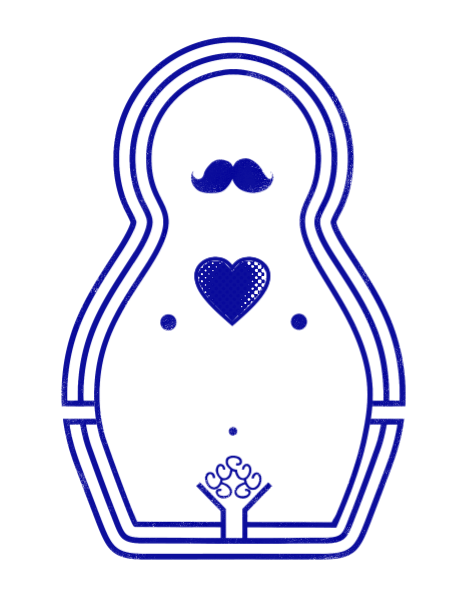

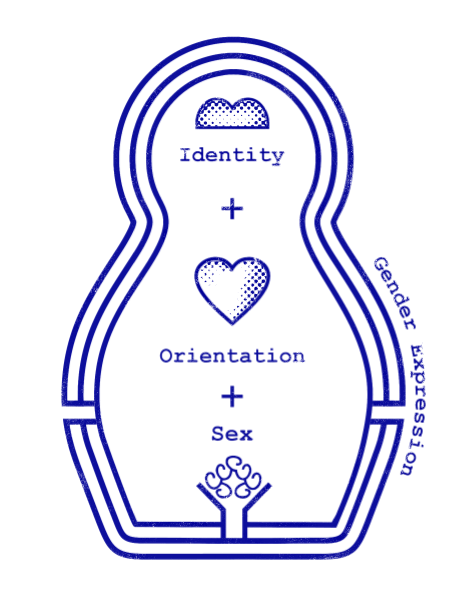
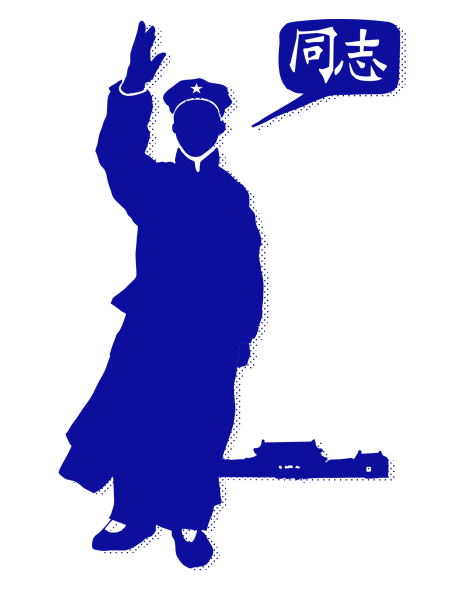
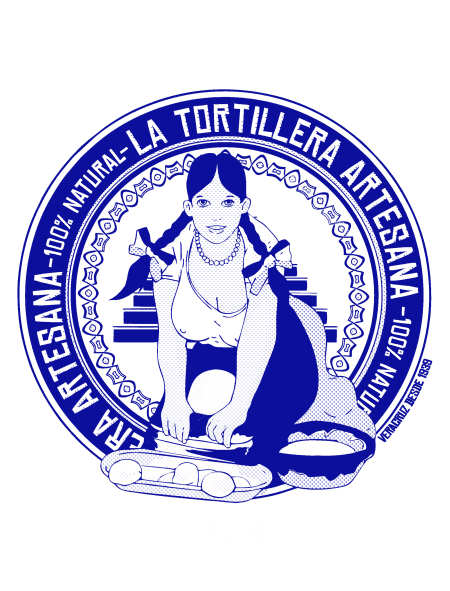
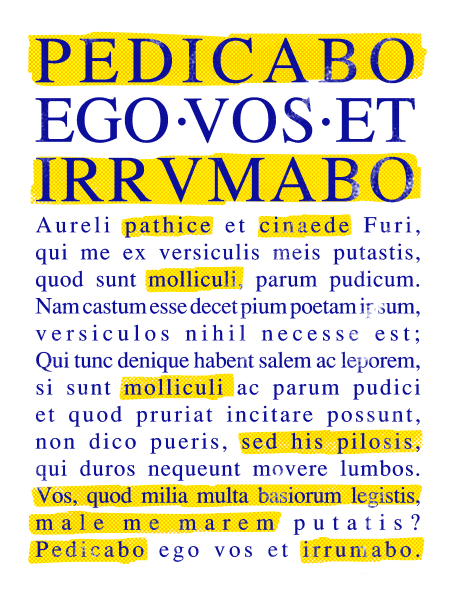

Something to say?
Tell us what you think of this article. If it’s good or bad, if you think we are idiots, or if you see us in hell. Even if you are a few words person, you can do something to improve people’s lives, helping us to spread it.
Share it in your networks!